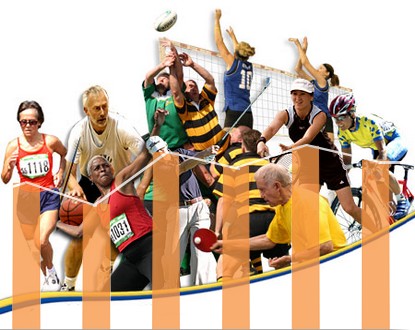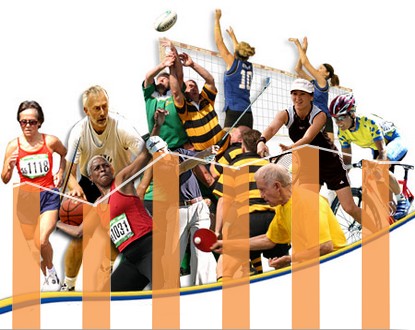The Sports program will have a very slightly reduced budget next year. With 228 million euros compared to 231 in 2014, the decrease is 1.3%. By adding the contributory fund for the support of sports federations paid by the CNDS (National Center for the Development of Sport, which has its own revenues from levies on the Française des jeux and on audiovisual rights of sports competitions), the total amount is 248 million euros.

CNDS: Equipment subsidies heavily impacted
This effort in favor of “qualifying and rewarding career paths” in the field of sports will weigh particularly on the CNDS, even as its resources will significantly decline. Although the ceiling on its allocated revenues will be raised to account for collection and recovery costs, bringing its 2015 allocation to 270 million euros, its credits will next year decrease by 13 million, setting them at 259 million.
The territorial share of the CNDS, which finances aid to sports associations (some of which is allocated to employment and training), will be maintained at 132 million euros. According to our information, the 13 million in savings will therefore be exclusively on equipment subsidies, with the aim of making the establishment’s interventions “more effective with a refocusing of actions without proven leverage effect,” following the recent Mauvilain report which questioned the relevance of CNDS intervention in numerous projects (read our article opposite dated July 31, 2014). Considering the sums currently granted for equipment subsidies (approximately 50 million in 2014), this budget cut should therefore deprive equipment projects of about a quarter of state subsidies. As for the national share (support for major international sports events and national organizations), it should remain stable.
Furthermore, the interventions of the CNDS will be “better prioritized” and should focus more on reducing inequalities in access to sports practice, especially in priority areas of city policy and for the people most distant from sports practice (women, people with disabilities, and young people from difficult neighborhoods).
It should be noted that the CNDS credits are expected to plunge further by 2017, settling at 231 million euros.



